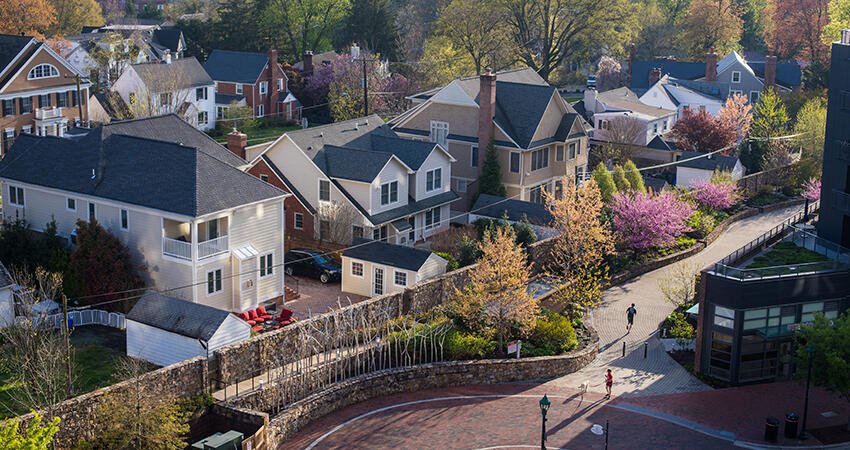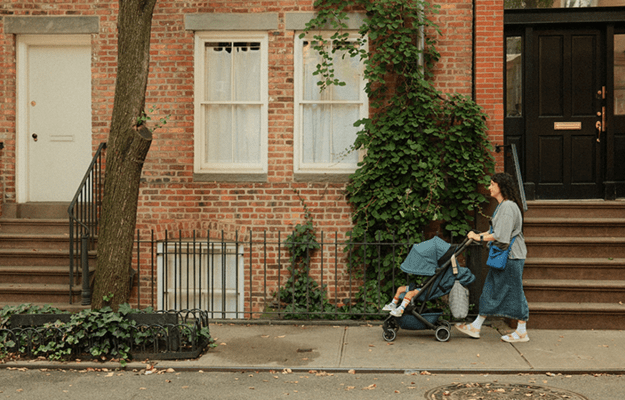
Does Whiteness Explain Local Land-Use Patterns?
- Title:
- Does Whiteness Explain Local Land-Use Patterns?
- Author:
-
Jessica Trounstine
- Source:
- Publication Date:
-
2020
Although segregation has decreased from its peak in 1970, the United States remains highly segregated. City governments regulate land use, and thus, control the distribution of housing. A recent study tested the hypothesis that whiter communities create restrictive land-use policies that allow them to exert control over their neighborhood’s demographics and maintain the status quo.
To test the hypothesis, the author analyzed the relationships between (1) restrictive land use and the relative whiteness of a jurisdiction compared with its region, (2) changes in white population shares in cities that were or were not sued under the Fair Housing Act, and (3) precinct-level election returns related to development restrictions and the area’s whiteness. All analyses had controls for wealth and homeownership, in addition to controls specific to the relationship, such as preexisting zoning laws, average home value, and voter turnout. Additional details on the three analyses follow:
- For the relationship between the restrictiveness of cities’ current land-use policies and the proportion of white residents in a city (compared with the proportion of white residents in the metropolitan region), the author used survey data on local land-use regulations from the Wharton Residential Land Use Regulatory Index.
- For the relationship between restrictive land-use and fair housing suits against a city, the author hypothesized that cities that were sued under the Fair Housing Act should have less restrictive land-use policies than they otherwise would have. The author compared data on Fair Housing Act lawsuits with demographic data from the Census of Population and Housing for all incorporated cities in metropolitan areas from 1968 to 2011.
- For the relationship between voters’ preferences for local land-use restrictions and the neighborhood’s whiteness, the author used precinct-level election returns on local initiatives related to development restrictions in California.
Key findings
- When cities are greater than 15 percentage points whiter than the metro area, they are more likely to restrict land use. In addition to whiteness, homeownership and wealth also positively predict land-use restriction.
- Cities that were whiter than the metropolitan area in 1970 had significantly more restrictive land-use patterns by 2006.
- In 1970, the average city was about 94 percent white, whether it would later face a Fair Housing Act lawsuit or not. By 2011, cities without lawsuits were about 73 percent white on average, compared with 68 percent white in cities with lawsuits.
- Neighborhoods with larger shares of homeowning, wealthy, and white residents were more likely that other neighborhoods to support development restrictions during elections. The motivations for voters, however, are unclear.
Photo by Photography/Shutterstock


